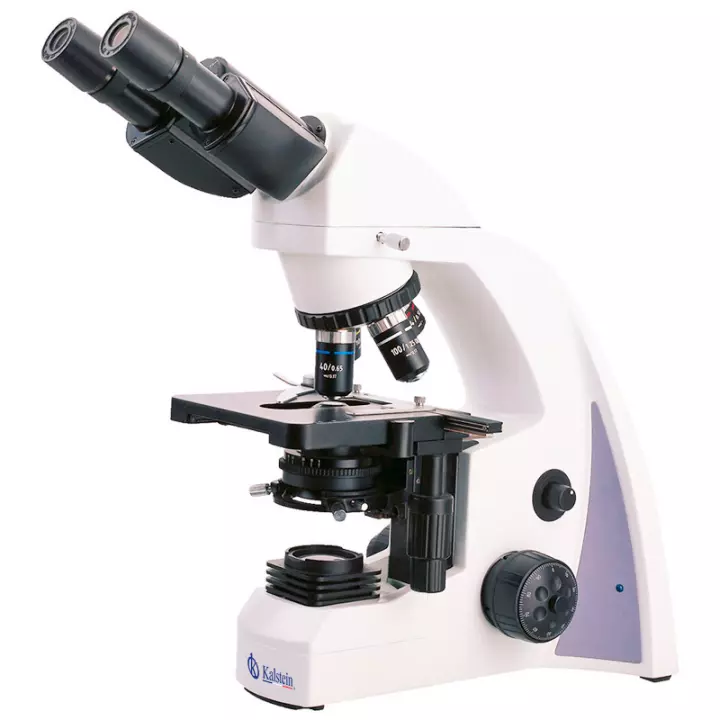The technology of optical microscopes has taken giant steps in recent years to improve their ability to observe biological phenomena and the interaction between molecular structures. This has led to the identification of new scientific study strategies, the discovery of new medicines and the discovery of hidden pathologies, among other things.
This kind of technological advance has set new directions for modern science. However, advances in engineering, electronics and new materials have opened a field of innovation that has impacted all branches of science and microscopy is one of them. In that sense, one of the main fields of technological advancement of optical microscopes is super resolution.
This technique, based on the inversion of the dispersion, amplifies the amount of visible detail in digital images, and allows the user to see objects and structures much smaller than before. The size and materials of the optical microscope components are modified to allow the focus of light to enter the target cell and capture the biological components at very high resolution. The application of this technique, along with fluorescence and other coupling technologies, has helped develop a new field of science: fluorescence cytometry.
Developments in the field of mechanics, digitization and sensors in optical microscopes
Another notable improvement in the technological advancement of optical microscopes is the inclusion of mechanical and digital instruments to improve the accuracy and sensitivity of microscopes. This includes precise control mechanisms in order to control the movement of the lenses and the quality of observation. Numerically controlled microscopes can adapt the image in real time for better observation.
Additionally, advanced digital optical microscopes now incorporate technologies such as video capture and real-time image recording. These features improve the speed of research by allowing researchers to measure changes to an object accurately and quickly; this is enhanced by the use of powerful image processing software and storage of information for further processing.
Optical microscopes are also being improved by the addition of a variety of lights in the visible and non-visible spectrum, and the use of related techniques to improve the definition in the image. This allows the user to extract more information from a single image. The use of radiation beyond the visible spectrum allows certain components of the cell to be highlighted at a high level of detail, showing their spatial distribution and size.
Information processing technology and electronics for optical microscopes
Finally, the incorporation of digital electronics in optical microscopes has allowed the incorporation of computers and computer devices into the microscope. This has broadened its scope for applications in medicine, chemical industries, manufacturing and biology. Software can provide information and conclusions for pathology research and diagnosis, and digital processors can use ultra-fast information to adjust observation parameters.
The use of these technologies allows researchers to study the cell at unprecedented levels. In short, the technological advancement of optical microscopes has allowed to reach new levels of accuracy, sensitivity and observation. These directions are super resolution, the use of advanced mechanical and digital devices, the use of spectral lights and the incorporation of digital electronics. These technological advances have transformed the procedures and results of medical research and diagnosis, opening new possibilities for scientific study.
Optical microscopes: Kalstein’s contributions in this area
In the field of optical microscopy, the manufacturer Kalstein offers a variety of equipment incorporating the latest advances in these technologies. Among the models available for sale, there are fluorescence microscopes, for metallurgy, with digital camera and with polarized light, among others, equipped with an excellent quality lens that allows to enlarge up to 100 times. If you are interested in a quote and know the prices and purchase options, visit HERE


